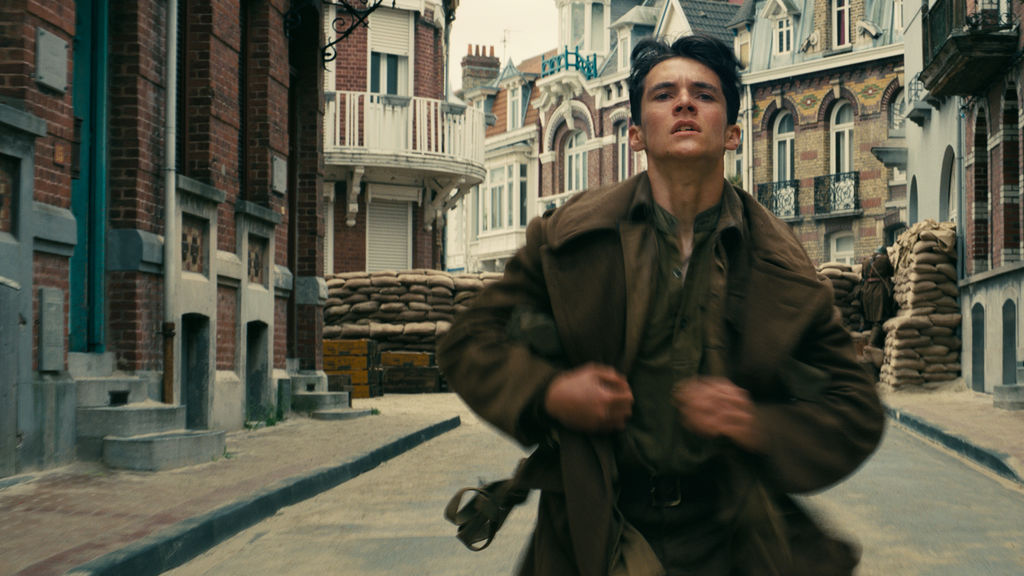Emotional History in “Dunkirk”


By Aleah Sexton
Grade for “Dunkirk”: A
Dunkirk, the 2017 British WWII film directed by Christopher Nolan, brilliantly portrays the 1940 evacuation at the Battle of France of over 300,000 men on the German-occupied beach. The film highlights the bravery and resilience of the soldiers on the land, air, and sea during a period of intense anxiousness and uncertainty. The film follows the journeys of three men in the RAF, three privates on foot, and three British civilians requisitioned to use their vessel to help with the evacuation. The production allows the audience to follow Operation Dynamo in a nonlinear way to create suspense and confusion to mirror the emotions the actual soldiers were feeling. Nolan plays with temporal setting to focus on the variety of stories and mental states that the men were feeling during the evacuation. The true nature of war was distinguished between the military control and civilian control. The men on the mole awaiting their evacuation were treated as pure numbers and the boats were certainly not overloaded. This portrayal can be contrasted against Dawson and his unwavering stance on rescuing as many men as his small vessel can handle. There appear to be three main protagonists – Tommy, the single survivor of a German ambush; Farrier, the committed RAF who is captured by the enemy as a result of a broken fuel gauge; and Dawson, the older sailor dedicated to rescuing the men of Dunkirk as a tribute to his passed son. Their stories become intermingled as the film moves on, and the creative use of filmography allows the audience to truly engage themselves with the mission.
In terms of historical accuracy, I would estimate Dunkirk to be a mix between a dramatic feature film and innovative historical film as documented by Robert Rosenstone. The dramatic feature film seeks to place “individuals at the centre of the historical process” and elicits strong emotions. It aims to get “you, the viewer, to experience the hurt (and pleasures) of the past”. Dunkirk uses the stories of the men to create specific reactions from the audience. Their struggle and celebration is mirrored by the audience. It is plausible Dunkirk is also a innovative historical film because of Nolan’s use of cinematic features. This category of historical films is broad, and uses “a wide variety of theories, ideologies, an aesthetic approaches with both potential and real impact upon historical thought”. The nonlinear combination of stories creates a confusing, yet entrancing WWII story. These films “attempt to rethink history on the screen”. The history surrounding Dunkirk and Operation Dynamo may have a particular narrative and the film creates conversation around the the actual technicalities revolved around the situation.
In essence, Dunkirk is a phenomenal modern WWII film which utilizes advanced filmography techniques to recreate the emotions of the time. The protagonists each share a compelling story about how the sea, land, and air was connected to create an extremely challenging, yet absolutely necessary rescue of more than 300,000 British men.
Aleah Sexton is a junior majoring in Finance with a minor in History.